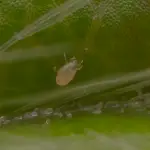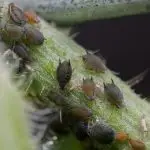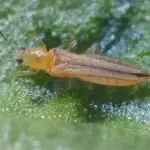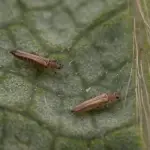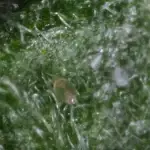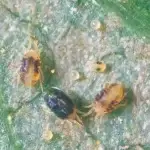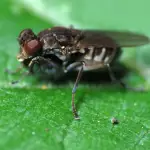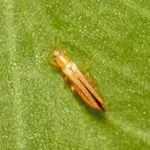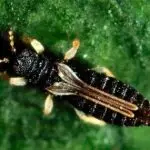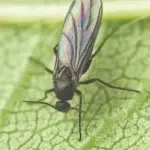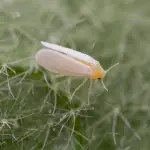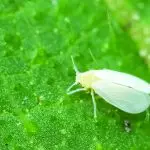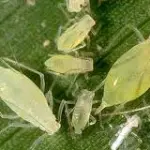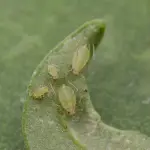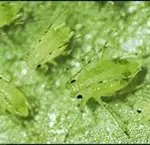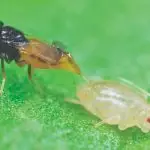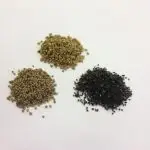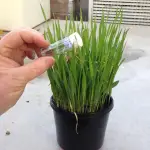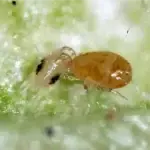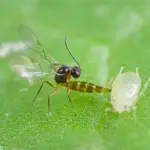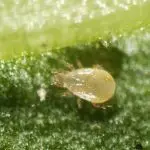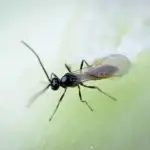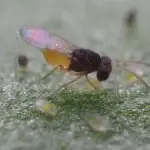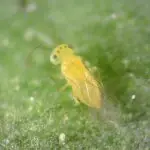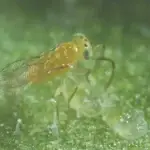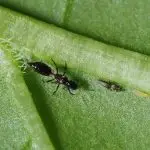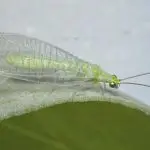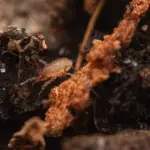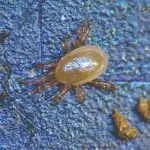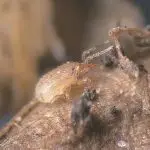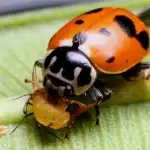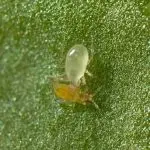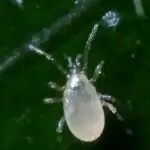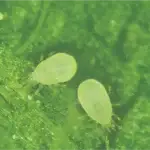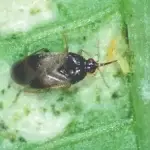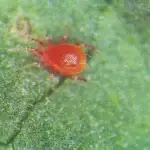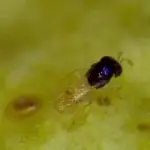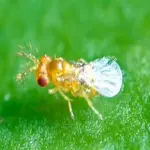Nursery
Overview
The nursery industry spans all Australian states and territories, and is one of the most diverse plant industries in the nation.
Nurseries provide plants to commercial growers, ornamental retail supply chains, landscaping, revegetation, rehabilitation projects and the horticulture sector. Some specialize in growing fruit and nut trees, native plants, vines for the grape and wine sector, while others support the forestry industry or specialize in vegetables or flowers. The production value of the Australian nursery sector runs into the billions.
It is impractical to list all the potential plants and their pest problems so we suggest you find the relevant page in our list of crops. Fungus Gnat, thrips, mites, aphids, scale insects and whiteflies do however affect all nurseries at some stage.
While there are biological control solutions for many of these pests, they don't suit every situation. We recommend you speak with a Biological Services Consultant to get tailored advice.
Signs you have Nursery pests
Given the diversity of crops and growing conditions indoors and outdoors, pest damage manifests in different forms in nurseries.
The key to controlling pests in your nursery effectively is detecting them early and introducing beneficials at the right moment. Therefore, regular monitoring is critical.
- Aphids. Honeydew and sooty mould indicate aphid hotspots. You will often see aphid moults, and aphids in the growing tips, on the undersides of leaves and on the roots in some cases. Aphids can potentially transmit viruses to the host plant.
- Caterpillars. Chewing damage and fresh droppings indicate that you have caterpillar activity.
- Eriophyid or Tarsonemid Mites (eg, Broad Mite or Cyclamen Mite). These mites are not visible to the naked eye however distorted/discoloured leaves and stunted plants especially in seedlings (due to damaged growing tips) are signs these mites are present.
- Fungus Gnat or Shoreflies. These are easy to detect as high numbers are caught on sticky traps. Inspect the roots of younger plants for larvae activity if the vigour of your plants is poor. The pests tend to leave their droppings on the leaves and flowers.
- Scale insects. Mature scales are easy to see but are often detected too late. High infestations damage the plant via the honeydew secretions, the resulting sooty mould, and generally weaken your plants.
- Slugs and Snails. Slimy silver trials on plants and soil/floors indicate slug and snail activity. The damage to plants tends to be worse where growing conditions are wet, dark and humid.
- Spider Mites. Spider Mite damage appears as white/yellow spots, speckling or streaks and eventually, severe leaf scarring, stunting and/or webbing. Spider Mites can also transmit viruses, eg, false spider mites transmit the Orchid Fleck Virus to specific orchids.
- Leafhoppers. These are easy to see when you disturb the plant. Leafhopper feeding damage looks like white scratches on the leaves.
- Thrips. Thrips can damage all parts of the plant. Damaged flowers have spots or streaks without colour and leaf damage can range from spots or streaks to severe stunting, curling and discolouring. Thrips can potentially transmit viruses to the host plant.
- Whiteflies. Whitefly adults are easy to detect when you disturb the plant. White scale secretes honeydew and this encourages sooty mould to develop, which makes the plants unsaleable. Whiteflies can potentially transmit viruses to the host plant.
Products you can use to control Nursery pests
We recommend you discuss your situation with your local Biological Services Consultant because there is a complex range of variables that will affect which of the products below you can use to control pests in your nursery.
You can also use sticky traps and rolls to control pests such as Fungus Gnat, whiteflies, winged aphids and thrips.
Other tips for managing pests in your Nursery
Start with healthy, pest-free and pesticide-free seedlings or cuttings. If you source your plant material from a propagation nursery, it is very important to know exactly which chemicals have been used on those plants and when, before you introduce beneficials or start an IPM program.
If possible, group plant varieties susceptible to certain pests together, rather than having them spread through your nursery. This makes it easier for you to monitor and treat them similarly.
Follow best irrigation and agronomy practices because healthy plants are less susceptible to pest and disease outbreaks.
The leaf structure of many ornamental and flower crops and/or the lack of an adequate pollen source is not suitable for ongoing reproduction of some beneficials. In these cases, we recommend you use banker plants and trap plants to help beneficials establish and reproduce in your crop.
Your local Biological Services consultant can provide year-round, professional crop monitoring and expert IPM program advice.
Get tailored advice for your commercial crop
To speak with one of our qualified consultants about your current commercial crop challenge or to learn about the benefits of the IPM maintenance and monitoring services we provide, contact us.

